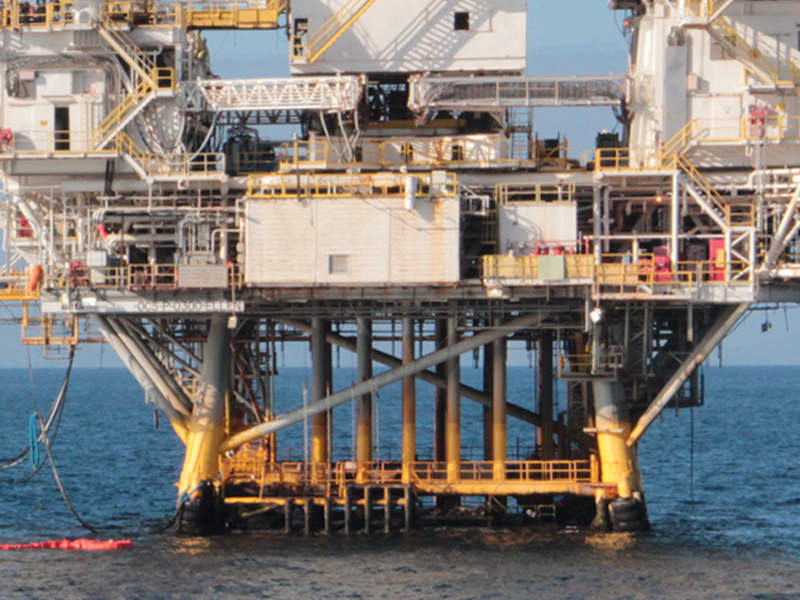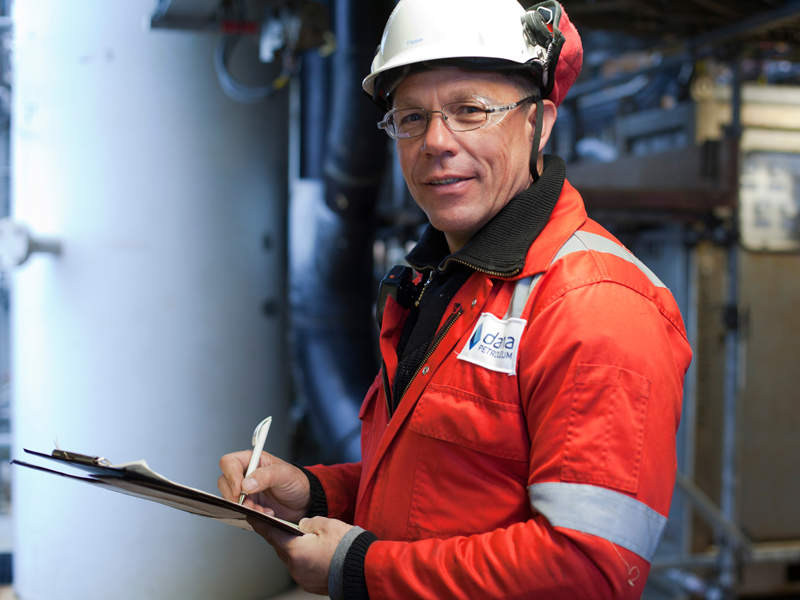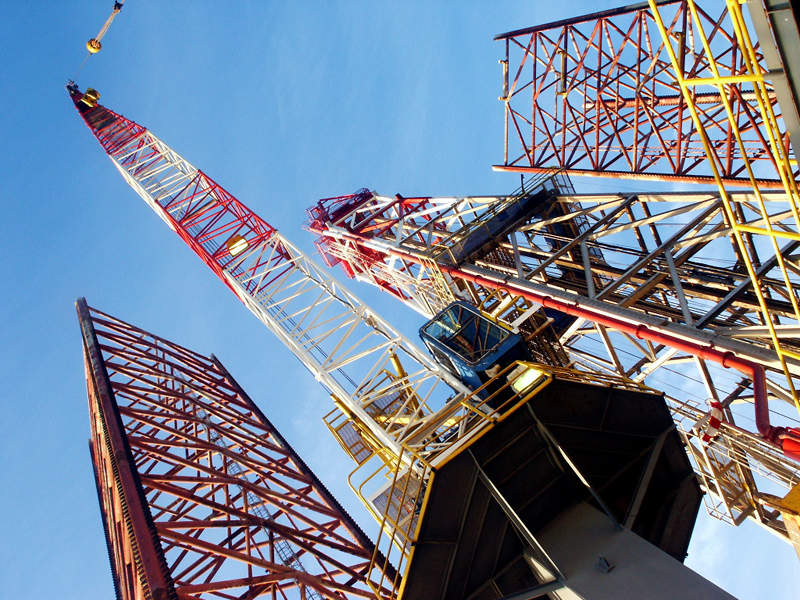The Arran gas condensate field, formerly known as Barbara-Phyllis, is located approximately 222km off the shore of Aberdeen and 3km from the UK / Norway median line.
It lies in blocks 23/11a, 23/16b and 23/16C in production licences P359, P1051 and P1720 in the Central North Sea, UK.
The partners in the production licences are operator Dana Petroleum (E&P) Limited (20.43%), Zennor North Sea Limited (47.36%), Shell UK Limited (23.68%) and Dyas UK Limited (8.53%).
An environmental statement for the project, including an initial plan of development, was submitted to UK’s Offshore Petroleum Regulator for Environment and Decommissioning (OPRED) in July 2010.
The partners are currently working on the final proposed field development plan.
First gas is expected from the Arran gas and condensate field by the fourth quarter of 2020.
The life of the development is estimated to be around 12 years.
Arran gas field discovery
The Arran gas and condensate field was originally discovered in 1985 by the 23/11-1 well, which was drilled by Shell.
It covers an area of 59.7km² and lies in water depths of approximately 88m.
The field includes two separate structures known as Arran North and Arran South.
The Arran North structure comprises the north-western part of the field, while Arran South covers the area’s eastern and south-eastern region.
Arran gas condensate field development plan
The proposed plan for the site includes the development of both Arran North and Arran South fields.
A total of four production wells of similar design are planned to be drilled via two drill centres (North and South) or subsea manifolds.
Two wells are expected to be drilled in the North drill centre with a further two situated in the South drill centre.
Each well is to be drilled to a depth of 5,175m (16,978ft) and will be installed with hydraulically operated safety valves.
The field will be tied back to the Shearwater C platform, operated by Shell, through a 60km-long, 12in-diameter, insulated 316L stainless-steel pipeline via the existing Scoter riser.
Its subsea infrastructure will also include 60km of umbilicals.
The front-end engineering design (FEED) studies for the project are expected to be completed in 2018.
The detailed design, construction and commissioning of the field’s infrastructure are slated to be completed between 2019 and 2020.
Drilling will be carried out over an 18-month period using an anchored semi-submersible drilling rig or heavy-duty jack-up rig, while the installation of the pipelines, umbilicals and manifolds is expected to take approximately nine months.
Shearwater C platform details
Shearwater C is a manned integrated process, utilities and quarters platform, which is bridge-linked to the Shearwater A wellhead platform.
The platform jacket is a dual crane weighing 5,718t.
Shearwater C has eight 108in-diameter skirt piles, while the wellhead deck weighs 1,200t and is installed with a dual crane lift that weighs around 11,800t.
The processing plant is a single-train separation facility with a gas processing capacity of approximately 410 million metric standard cubic feet per day (Mmscfd).
It has an oil exporting capacity of approximately 60,000 barrels of oil per day (bopd).
The platform has a produced water-handling capacity of 8,000bpd, dehydration capacity of 410Mmscfd and H2S removal capacity of 410Mmscfd.






